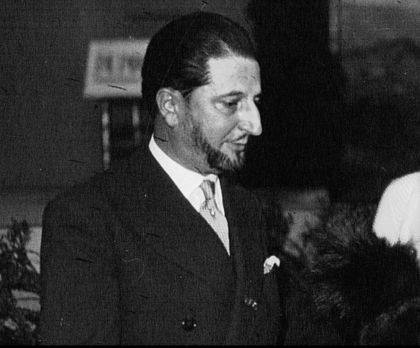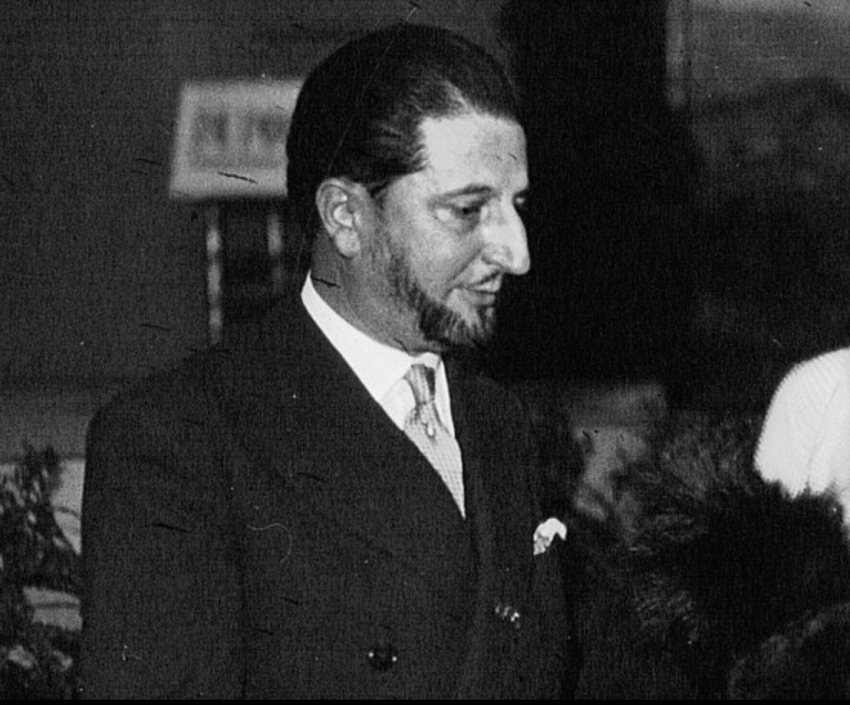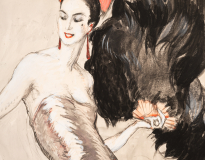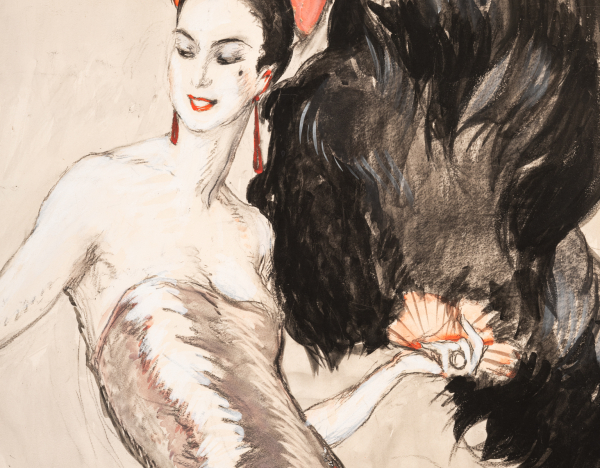Domergue Jean-Gabriel
( 1889-1962 )
Biography


Jean-Gabriel Domergue is the grand-cousin of painter Henri de Toulouse-Lautrec. His brother, René Domergue, became a short-story writer, art critic and editor at La Liberté and L'Écho de Paris.
He attended the Lycée Montaigne in Bordeaux, then the Lycée Rollin in Paris. Passionate about drawing, he entered the Beaux-Arts de Paris, where he studied with Jules Lefebvre, Tony Robert-Fleury, Jules Adler, Ferdinand Humbert and François Flameng.
He exhibited at the Salon des Artistes Français from 1906, winning an honorable mention in 1908, a 3rd class medal in 1912 and a gold medal in 1920, the year in which he entered the “hors-concours” category.
He won a second Grand Prix de Rome for painting in 1913.
In 1938, he created a composition featuring a nude young woman for the campaign of the new perfume Féerie de Rigaud, and that same year, he was also a member of the jury for the Miss France election.
He created the famous poster for the first edition of the Cannes Film Festival, showing a woman applauding, her back bare, her hair luxuriant, alongside a man in a suit, the Festival's first two spectators.
In 1950, he was elected a member of the Institut de France, and became curator of the Musée Jacquemart-André in Paris from 1955 to 1962, where he organized exhibitions on the paintings of Van Gogh (1960), Toulouse-Lautrec and Goya.
He lived with his wife, the sculptor Odette Maugendre-Villers, in the villa Fiesole in the Californie - Pezou district of Cannes, which they had built. After the painter's death on November 16, 1962 in the 8th arrondissement of Paris, the villa was named Villa Domergue by the city of Cannes, and received in 1973 under Odette Domergue's will. Listed as a historical monument in 1990.
93400 Saint-Ouen sur Seine

